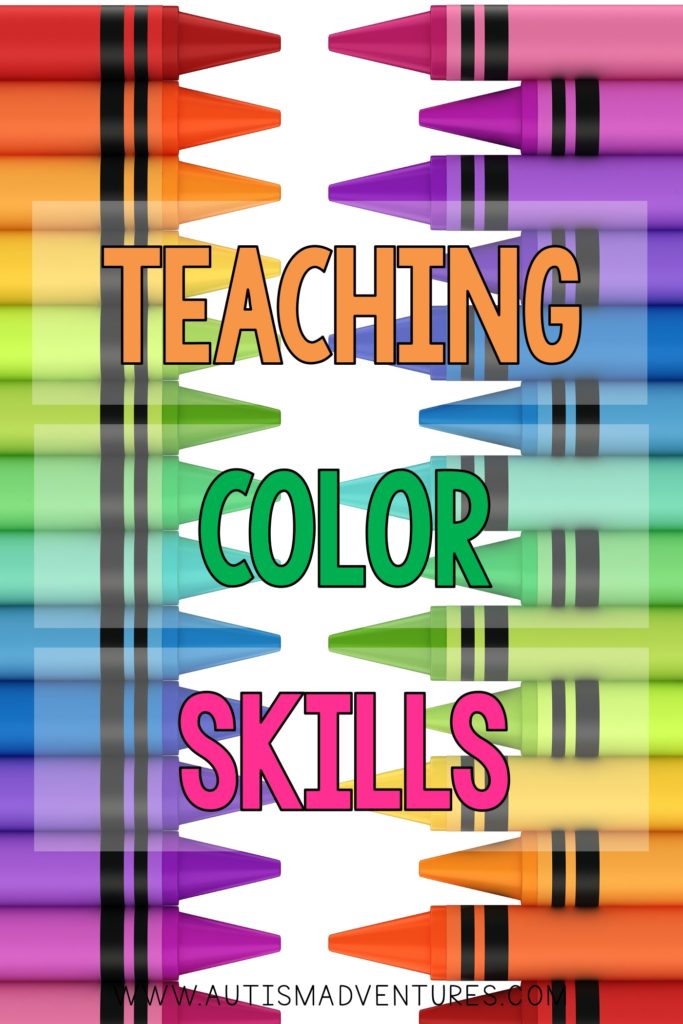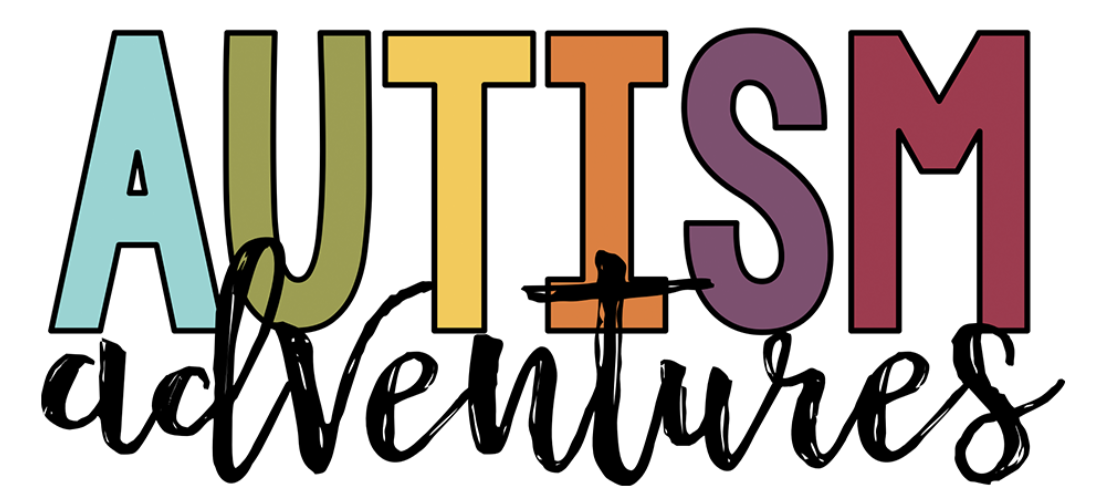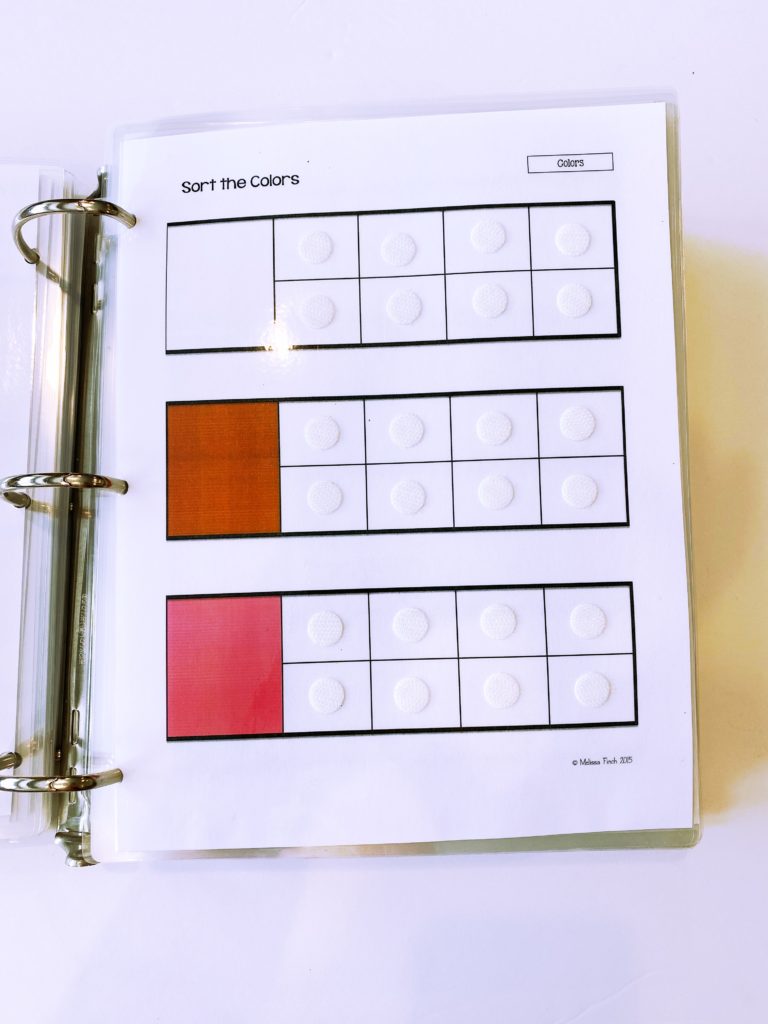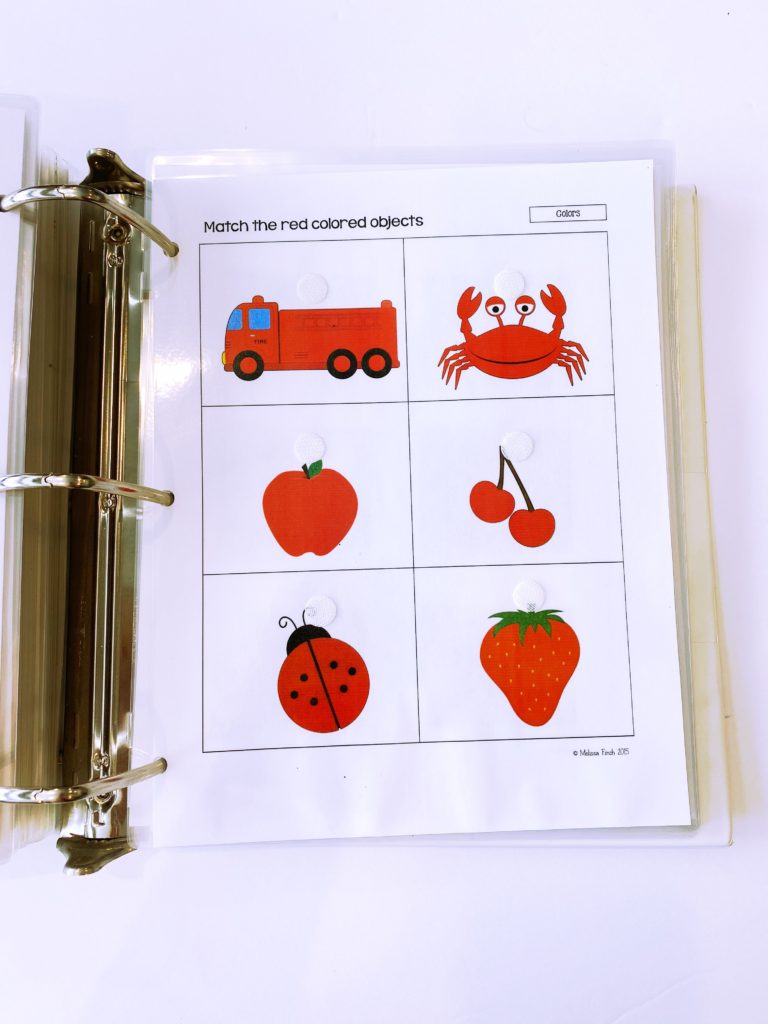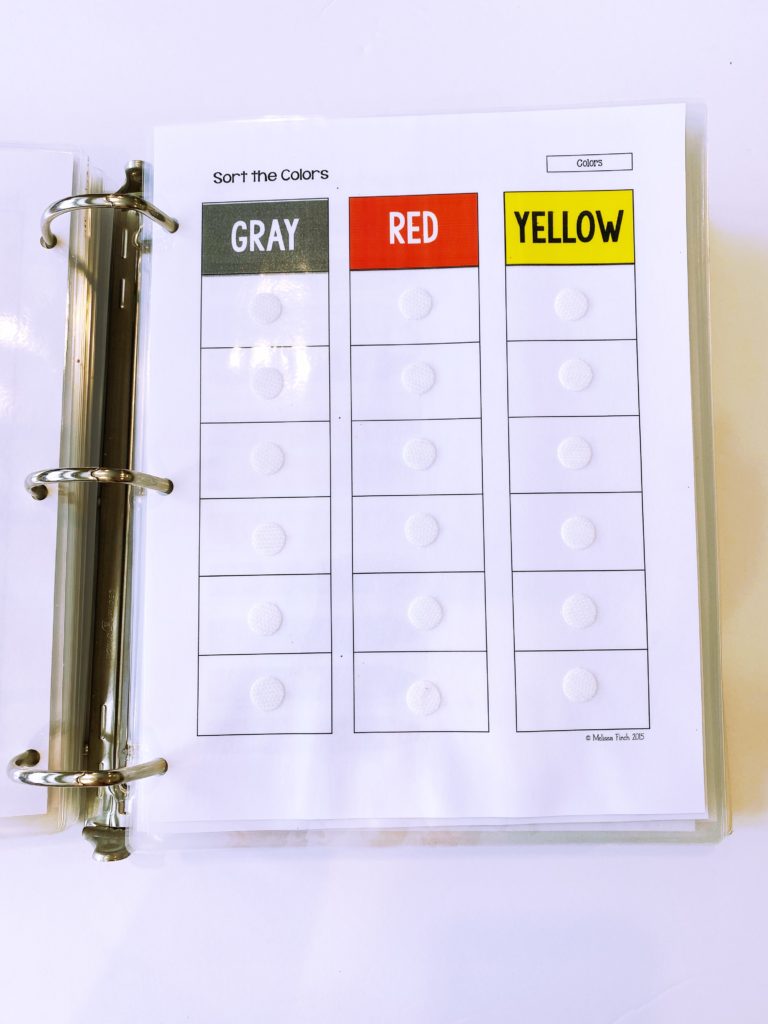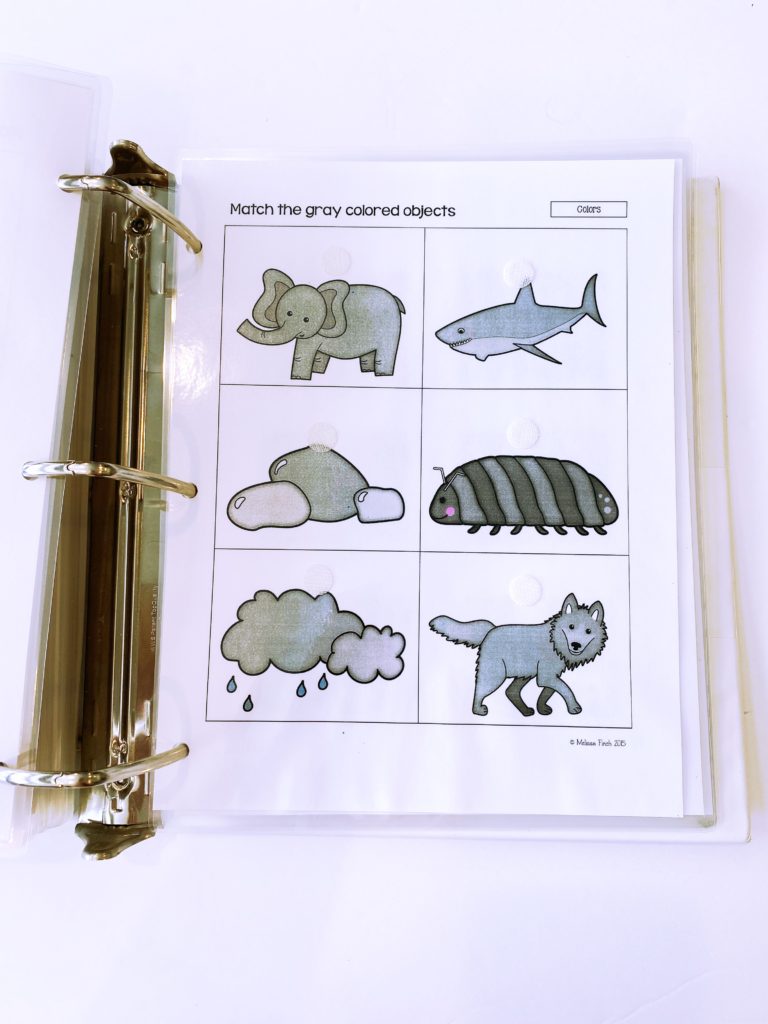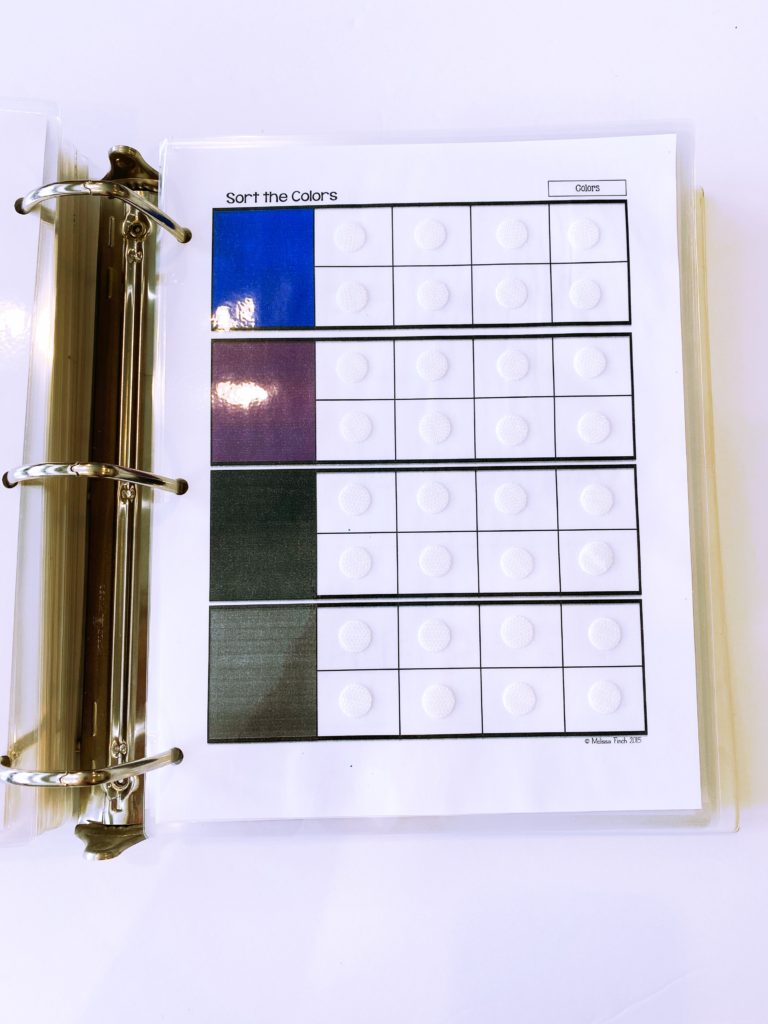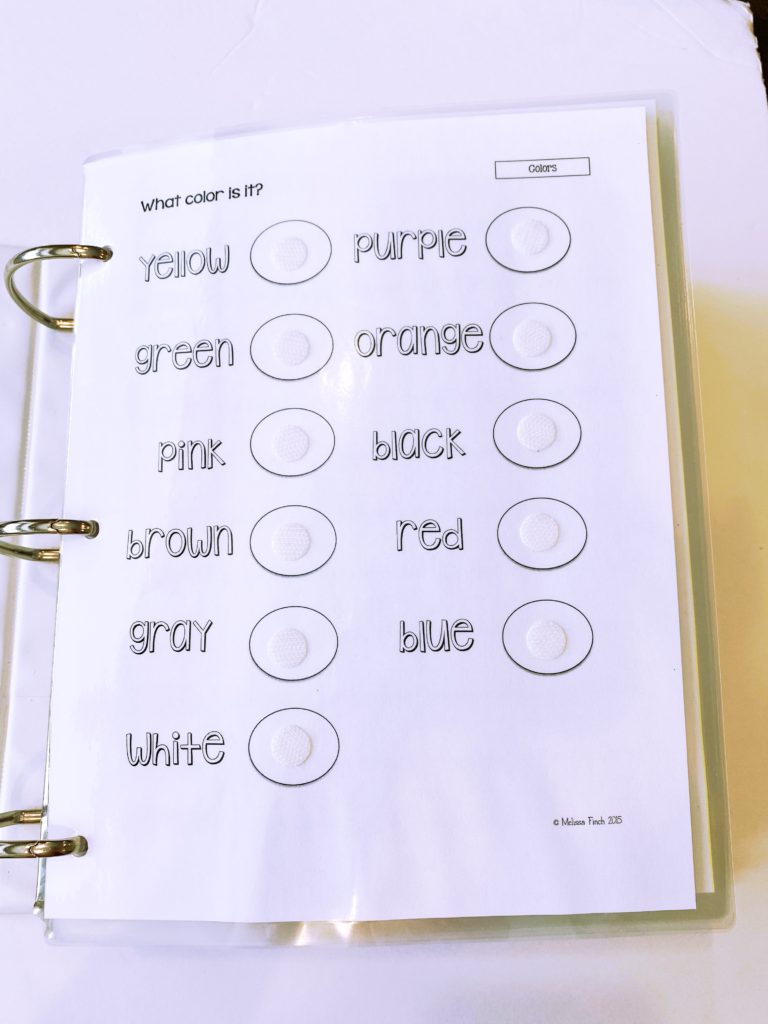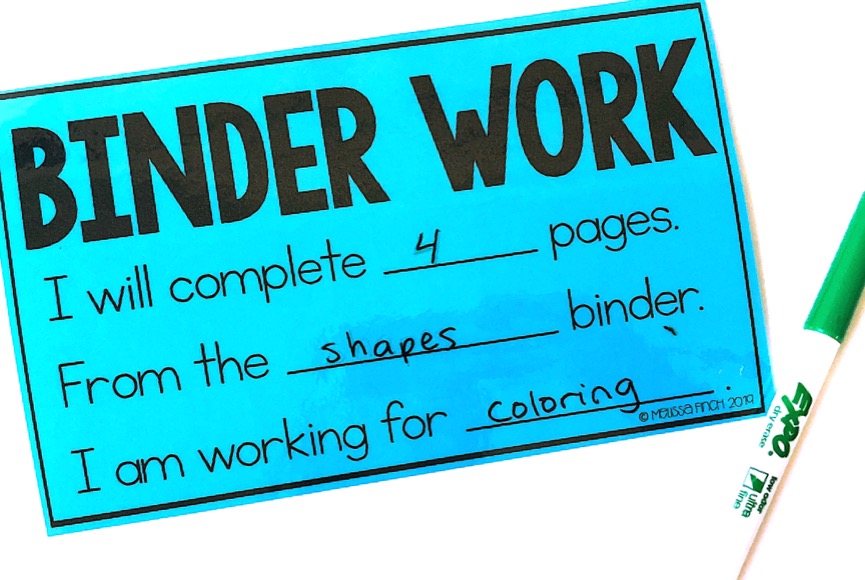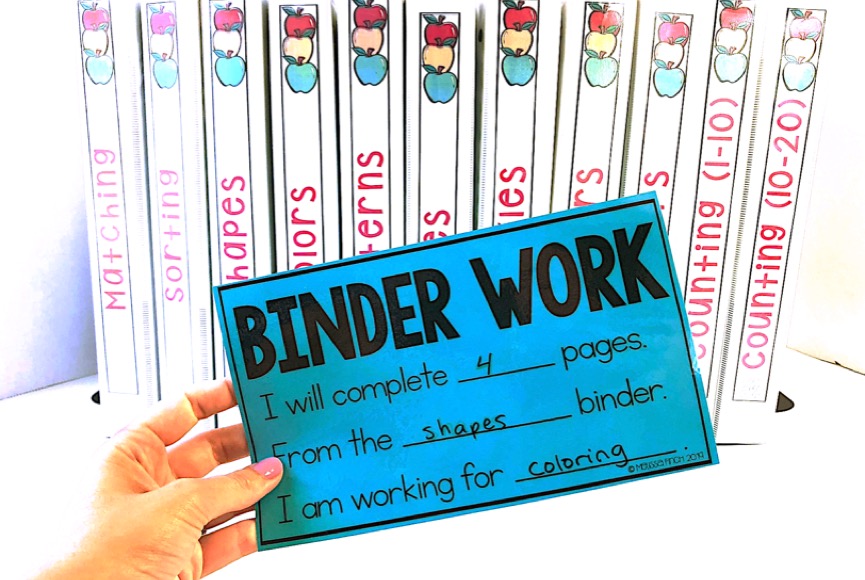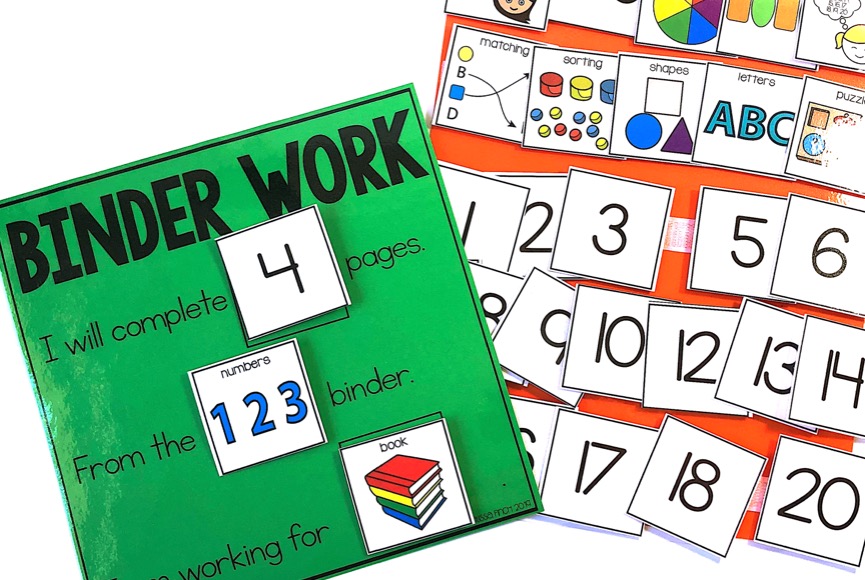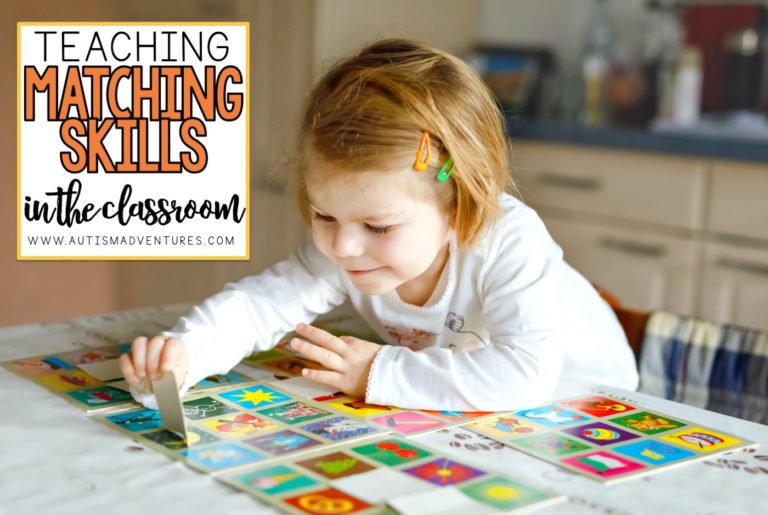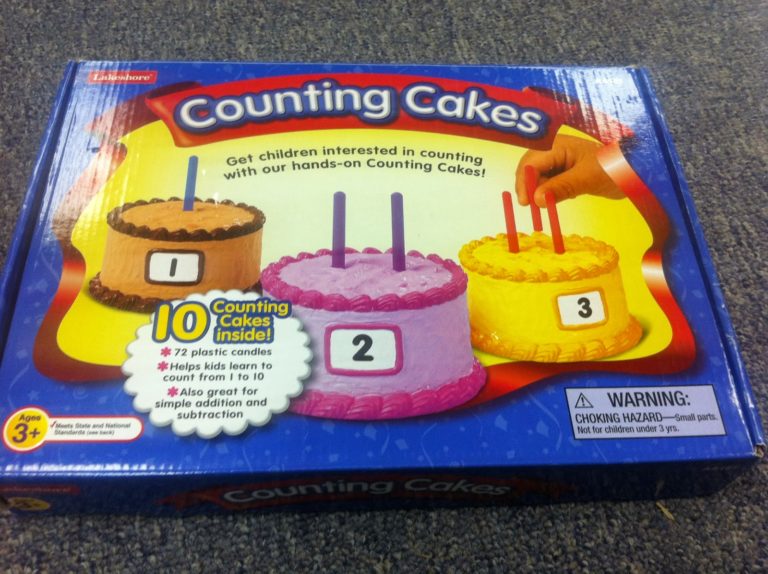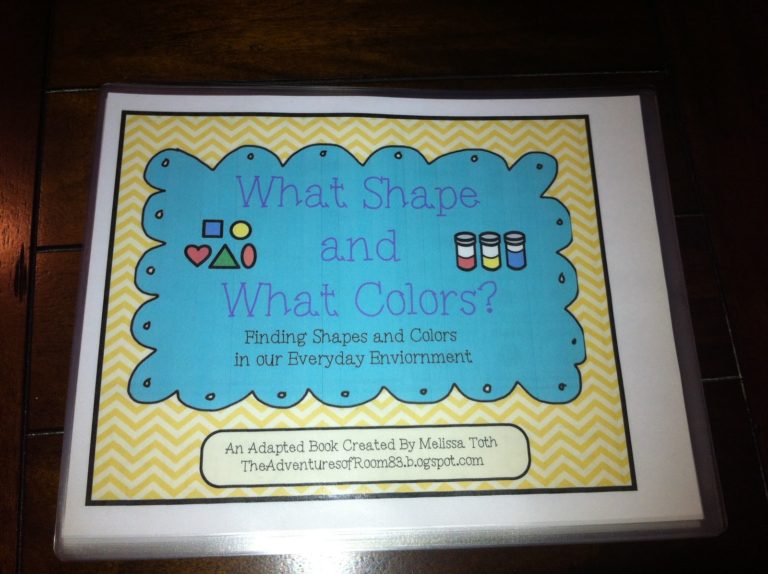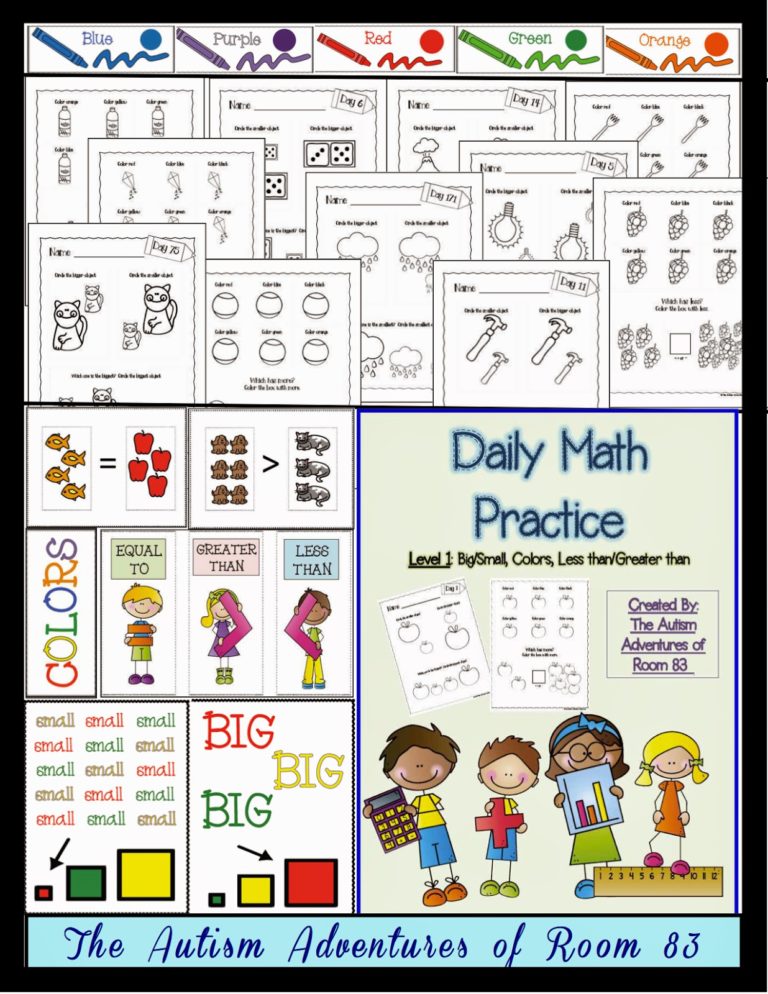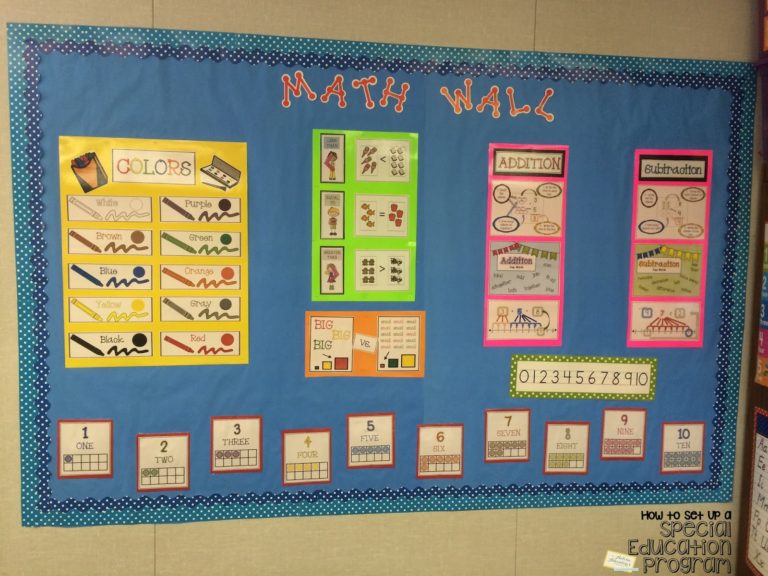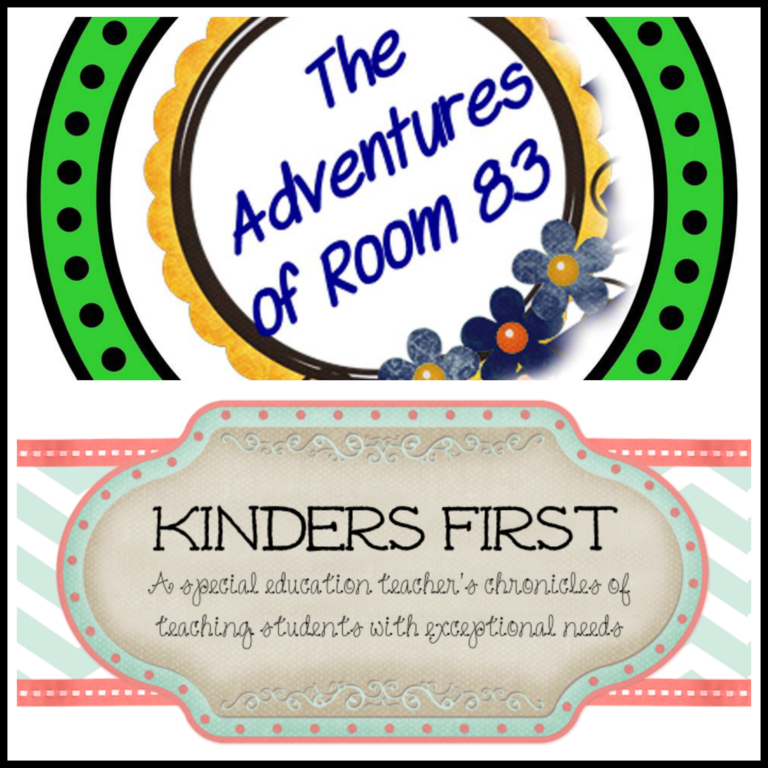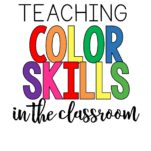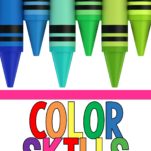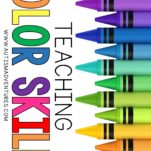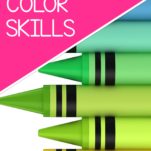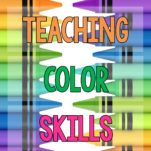Teaching Color Skills in the Classroom
Teaching basic skills is so important in any classroom. Teaching basic skills can be fun, hands on and educational all at the same time. Today’s blog post I am going to be talking all about color skills in the classroom, and why these skills are a crucial basic skill for students.
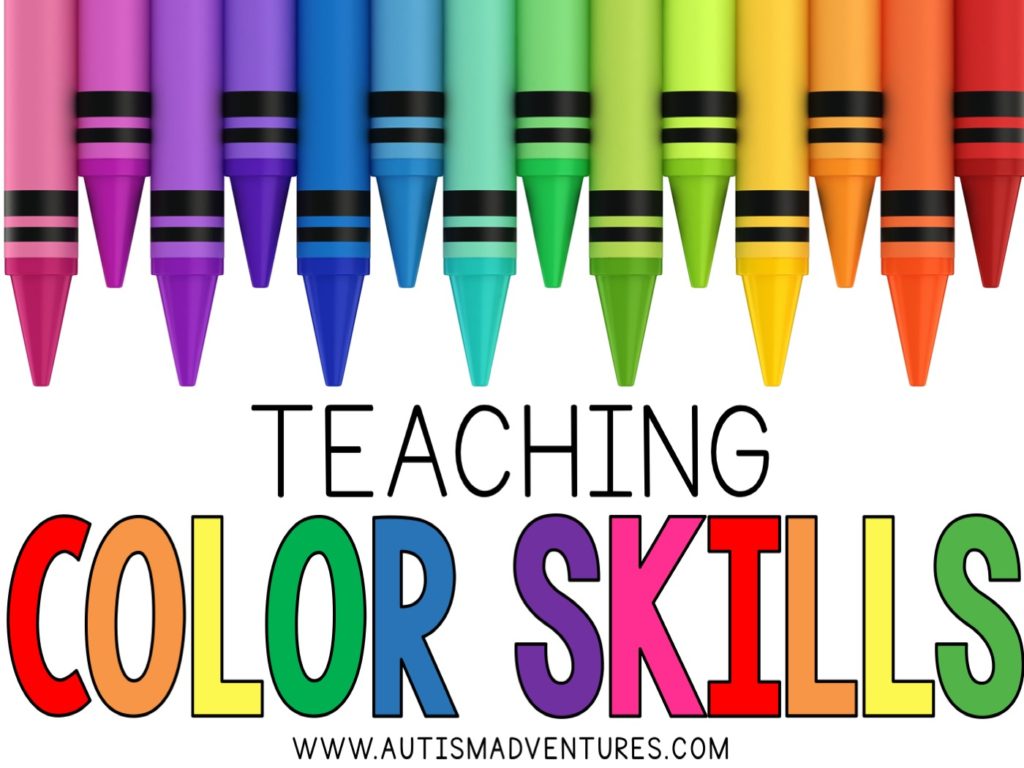
* This post may contain affiliate links. This means that if you click and end up purchasing, you pay no extra cost, but I earn a small fee for referring you.
Benefits of Mastering the Basic Skill of Colors
Learning colors is an important milestone in students’ cognitive development. In fact, one of the first decisions that new parents-to-be make is what color they will paint the nursery! In early play, parents and teachers often point out colors: “Oh, you want the RED car?”
When children learn colors, we begin to see enhanced language development. Children learn that they can use descriptive vocabulary to illustrate and label their world.
As children enter the early school years, they begin to not just recognize color, but use it in other learning tasks. Children often naturally sort items by color and one of the first ways that they develop and extend patterns is based on color.
How Colors Skills Lead to Real-World Learning
There are several real-world skills that students develop when they learn colors. First, and perhaps most importantly, is that colors are often used to designate safety issues – particularly when things are not safe. For example, signs that are red usually mean “stop and look” – stop signs are red and hot water faucets often have a red dot on them.
As children grow, they often use color as a way to express themselves. Think about the young girl who only wants to wear purple; she is expressing herself through her favorite color. Even Picasso had a “blue period,” in which all of his paintings were done primarily in shades of blue!
Finally, having color knowledge promotes decision-making skills. Every parent has asked their child when shopping, “Do you want the red shirt or the blue shirt?” As children get older, they select school supplies and clothing that are their favorite color, and then later, they look for a car that is their favorite color. Although the color of items should not necessarily be a main factor in purchases, often children and adolescents use color to guide their purchasing decisions.
Activities to Practice Colors in the Classroom
There are so many activities that teachers can use to build children’s color knowledge. One favorite of many teachers is to have Color Weeks. Each week of school is labeled with a specific color, and many activities during that week are focused on that particular color. Students are also encouraged to wear clothing that aligns with the color of the week, and the class might have snacks that are the designated color. For example, during Red Week, snacks might include apples, watermelon, and strawberries, and children might finger paint with the color of the week. The focus on one color for an extended time helps firm up color knowledge. Of course, this would only be appropriate for primary grades.
Consider doing color days for older students with more age appropriate activities such as cooking with red ingredients, shopping for red foods on a community field trip, take the red line on the bus path etc. Colors can be incorporated into any age group by choosing appropriate activities!
When it is not a designated Color Week, children can engage in many learning activities for learning colors.
Here are some examples:
- Color sorting. It is so easy for teachers to create sorting bins for kids. Simply throw a bunch of items in! Common items to sort by color include small toys, pencils, crayons, buttons, beads, and socks.
- Use different colored bean bags and have a bean bag toss. Go outside and put some hula hoops on the ground and label them with different colors. Have students toss the colored bean bags into the appropriate hoop. This is also a fun way to work on gross motor skills.
- Colored shaving cream is great fun for children. Squirt some shaving cream onto a tray and add a couple drops of food coloring or washable paint. Children can draw in the shaving cream and write letters in it – a nice sensory experience.
- Give students a color card (a small piece of construction paper) and go off on a color search. Children can find objects in the classroom, around the school, and outside that match the color card.
- Collect paint sample chips from the hardware department at local stores. Give them to students and have them play a matching game with them.
- Some old tried-and-true games are also effective for teaching colors to kids. A fun game of Twister or Candyland can help reinforce color knowledge, as can a game of I-Spy.
After learning the colors, the next step is for children to learn color words. A very effective way to do this is to make a color word wall. Cards with the color words can be created and reviewed frequently. When creating the cards, make the color words using the actual color; either write the word “red” on a red piece of construction paper and the word “blue on a blue piece or make all the cards white, but write the word “red” in red and the word “blue” in blue. During circle time, students can go to the word wall and point to a color and read the word. This is a nice time to also talk about what letter the color starts with and the sound that letter makes.
Colors Binder Tasks
I am a huge believer in binder tasks and file folder activities in the classroom. They may require a lot of prep in the beginning, but offer so many benefits for years to come.
This Binder Work System focuses on color tasks! There are 69 interactive pages that can be used to practice identifying colors. A wide variety of color activities are included to meet the needs of all of your students! All of these binder task activities are non-seasonal, meaning they can be used year round!
Included in the Color Binder Tasks:
- Clip art images matching (11 pages)
- Matching real pictures (11 pages)
- Color sight words matching (11 pages)
- Matching crayons to ink (1 page)
- Sorting colors (15 pages)
- Sorting color sight words (2 pages)
- Matching objects to color (3 pages)
- What color is it? (2 pages)
- Matching pictures to color words (1 page)
- Matching color sight words (2 pages)
- Sorting color sight words (2 pages)
- Matching color to sight word (2 pages)
- Spelling color sight words (6 pages)
The Binder work system is great for early childhood programs, special education programs or autism classrooms/programs. The Binder Work system was designed to create a systematic routine system for students to work independently on already mastered skills that they learn at the math, reading, and writing centers/classes. This can be an every day work center/rotation within your classroom that requires no planning. To learn more about organizing and storing binder tasks, read this blog post HERE.
If you are looking for some free binder task visuals, click on the images below or read this old blog post HERE.
This product can be used 3 different ways:
- Print, laminate and assemble in binders for reusable interactive work tasks
- Assemble into file folder activities
- Print and use as cut and paste worksheets for extra practice/fillers
Color Games
Below are some great games to practice colors in the classroom! These are all available on Amazon and most are also available at common places like teacher supply stores, Target and Walmart!
In Summary
Color skills is a fundamental skill that provides the foundation for learning in many different areas. Not only do children develop many pre-academic skills, color activities are just fun!
Like what you read? Don’t forget it, PIN IT!
